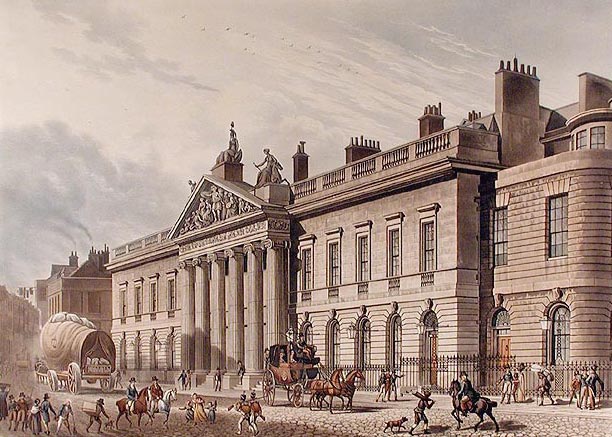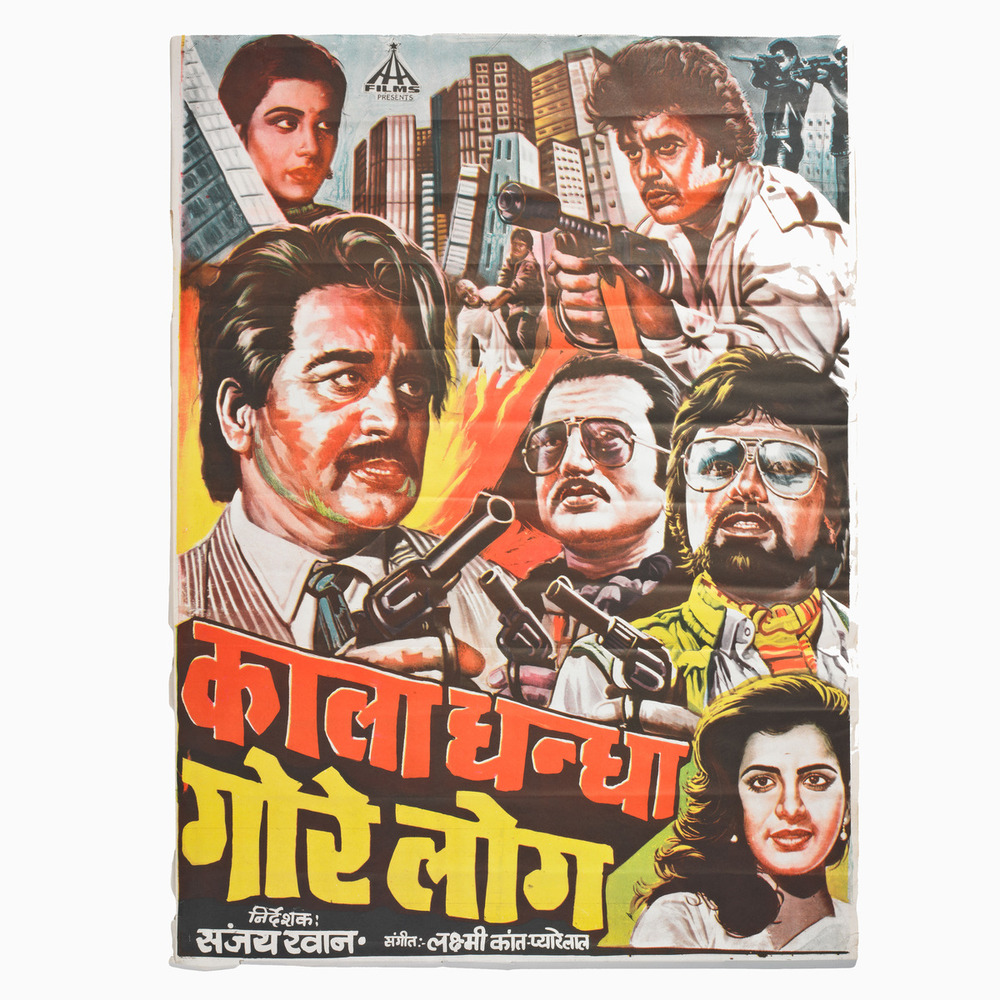
When it comes to reading non-fiction nothing excites me more than reading books on economic history. Last month, I finished reading a fabulous book Why Nations Fail—The Origins of Power, Prosperity and Poverty by Daron Acemoglu and James A. Robinson.
The book has a few sections on India which make for a very interesting reading. It deals in some detail with the business model of the English East India Company.
Over the years, the English monarchy raised money in what could be called fairly innovative ways, at that point of time. One such way was by granting monopolies under the garb of developing national industry.
One such company, which was granted a monopoly, was the English East India Company that had been formed toward the last years of the rule of Queen Elizabeth I. On December 31, 1600, the Queen granted the company the Royal Charter for a period of 15 years.
Interestingly, the English East India Company, which even had Elizabeth I as one of its shareholders, was the first limited liability company in the world. The liability of the shareholders of the company was limited to their investment in the company. If the company failed, the debts of the company would not be divided among the investors.
From its formation in 1600 and up until 1688 “the East India Company enjoyed a government-sanctioned monopoly over the trade with Asia”. As Acemoglu and Robinson write: “In 1688 some of the most significant imports into England were textiles from India, calicoes and muslins, which comprised about one-quarter of all textile imports. Also important were silks from China. Calicoes and silks were imported by the East India Company.” Calico is essentially a plain-woven textile made from unbleached and often not fully processed cotton. (Source: Wikipedia.org)
India was the largest producer and exporter of textiles in the world at that point of time. “Indian calicoes and muslins flooded the European markets and were traded throughout Asia and even eastern Africa. The main agent that carried them to the British Isles was the English East India Company,” write the authors.
Things started to change in the late seventeenth century when the English textile producers started to grow bigger and became economically and politically more powerful. They wanted imports of cheap Indian textiles (calicoes) taxed or to even be banned. In fact, the wool industry managed to lobby the Parliament, which passed legislations in 1666 and 1678, making it illegal for an individual to be buried in anything other than a woollen shroud. This reduced competition that English textile producers faced from Asia in general and India in particular.
The lobbying continued and in 1701 the Parliament decreed: “All wrought silks, bengals and stuffs, mixed with silk or herba, of the manufacture of Persia, China, or East-India, all calicoes painted, dyed, printed, or stained there, which are or shall be imported into this kingdom, shall not be worn.”
This basically made it illegal in England to wear silks and calicoes produced in Asia. Nevertheless, it was still possible to import these textiles from India and other parts of Asia in order to re-export to other parts of the world.
This loophole (from the point of view of English textile manufactures) was finally plugged in. After December 25, 1722, it became unlawful “for any person or persons whatsoever to use or wear in Great Britain, in any garment or apparel whatsoever, any printed, painted, stained or dyed Calico.” This basically ensured that textile imports were no longer a competition for British manufacturers.
Further, the calicoes were the East India Company’s most profitable item of trade. It forced the company to change its business model as well. As Acemoglu and Robinson write: “In the eighteenth century, under the leadership of Robert Clive, the East India Company switched strategies and began to develop a continental empire…[It] first expanded in Bengal in the east…[It] looted local wealth.”
This had a huge impact on the Indian textile industry at that point of time. “This expansion [of East India Company] coincided with the massive contraction of the Indian textile industry, since, after all, there was no longer a market for these goods in Britain. The contraction went along with de-urbanization and increased poverty. It initiated a long-period of reversed development in India. Soon, instead of producing textiles, Indians were buying them from Britain and growing opium for the East India Company to sell in China,” write Acemoglu and Robinson.
So what is the relevance of this history in this day and age? The simple point is that it is very important for a country to make things if it wants to make economic progress or even stay at the level it currently is. Once the East India Company started getting into the empire building business, the Indian textile industry quickly collapsed. This collapse reversed economic development for a long time to come. And from making textiles for exports, we quickly moved on to producing opium.
In fact, as Cambridge University economist Ha-Joon Chang writes in Bad Samaritans—The Guilty Secrets of Rich Nations & the Threat to Global Prosperity: “History has repeatedly shown that the single most important thing that distinguishes rich countries from poor ones is basically their higher capabilities in manufacturing, where productivity is generally higher, and more importantly, where productivity tends to grow faster than agriculture and services.”
If this background is taken into account it becomes very clear as to how important the idea of “Make in India” really is. In fact, India’s trade with China clearly shows that enough is not being made in India.
As analyst Akhilesh Tilotia of Kotak Institutional Equities points out in a June 2015 report titled Making China make in India: “India’s trade deficit against China accounts for over a third of its trade deficit. India’s trade relationship with China is skewed significantly towards imports: 13% of all Indian imports are from China even as only 4% of Indian exports head to China.” Trade deficit is the difference between imports and exports.
In fact, as Tilotia writes this deficit would be a good starting point for ‘Make in India’. As he writes: “Of India’s imports from China over the past three years, more than half came from three categories: (1) electrical machinery and equipment, (2) nuclear reactors, boilers, machinery and mechanical appliances and (3) organic chemicals. Between these three heads, India imports more than US$30 bn of goods annually. The overall list makes for an impressive starting list for ‘Make in India’ though it is, of course, easier said than done.”
The column originally appeared on The Daily Reckoning on Sep 4, 2015

 Vivek Kaul
Vivek Kaul